For large portions of Devin Haney’s dominant victory over Regis Prograis, DAZN commentators Sergio Mora and Shawn Porter, themselves former world champion boxers, outwardly praised Haney’s abilities. While the role of a color commentator most often includes making tactical suggestions towards either participant, on this night that would have been moot. Haney had it all figured out, and so long as he was in the flow state he was in, there was little Prograis could do about it. The appreciation, and sometimes astonishment was evident in their voices, as Haney glided around the ring untouched, landing picture perfect jabs, right hands and left hooks to the body.
Haney’s victory was, and will continue to be described as a masterpiece, the finest night of his young but already decorated career. The sign of a true artistic masterpiece isn’t just critical acclaim, but acknowledgment from one’s contemporaries in the field. Haney’s performance garnered that kind of reaction, both from the fighters on the broadcast itself and those posting on Twitter: Artists acknowledging the calibre of his art.
The art of Devin Haney extends beyond the ring ropes, however. There’s a reason why he has three million Instagram followers, why over 16,000 fans packed the Chase Center in San Francisco for this fight, and his market demand is such that two pay-per-views have been financially viable for his events by the age of 25. The simplest explanation is that to look at Haney is to know he’s a star, at the very least by boxing metrics, but now by loftier ones too. Haney and his father Bill have borrowed plenty of influence from Floyd Mayweather Jr., in terms of their business dealings, their imagery and their in-ring approach. Not all of it is identical, but as Bill admitted to Tyler R. Tynes of the Los Angeles Times last week, Mayweather was the blueprint for them from the outset. “I told him to take a look at Floyd,” Bill said. “Keep your eyes on him and pay attention.’ I told him he can be like that.”
Haney has the expertly tailored look in his civvies, head to toe in high fashion streetwear mixed with expertly curated vintage pieces. When he travelled to Australia to snatch the lightweight title from George Kambosos, the number of people in his entourage populating his suite were only outnumbered by the shopping bags full of new threads from the fashion capital of the country in Melbourne. The cars he drives are loud and fast, from a Lamborghini Uris to a Maybach to a Rolls Royce. The lifestyle that Haney presents to his fans is at once aspirational and luxurious, but also attainable, the product of a tunnel-vision DIY approach from a kid who dropped out of school at 13 and a supportive father focused on a dream—building The Dream.
On his way to the ring on Saturday night, Haney wore a luxury fight kit, inspired by and utilizing Rick Owens products, including his iconic Geobasket sneakers and SS20 lace shorts, designed by The Shoe Surgeon. The act of chopping up lavishly expensive clothing pieces to make new ones is itself art in the most conventional sense, but it also served as foreshadowing for a message the Haneys would send later on that night. An appreciation of the great artists who inspired them, but a willingness to blow things up to try to take it to a new level.
While Haney’s approach outside of the ring is characterized by excess, his brilliance inside the ring is firmly rooted in simplicity and discipline. Haney told anyone who would listen prior to the bout that he would make it look easy, and that he would “annihilate” Prograis. The formula he clearly had in mind was as simple as he made the process seem. A powerful jab, a straight right hand, an occasional left hook to the body and the threat of an uppercut, in concert with deft but not overly cautious footwork. Haney seldom retreated out of punching range entirely, remaining at mid-range, drifting, circling and walking Prograis into the shots he felt like landing. Haney was hit just 36 times over twelve rounds, an all-time CompuBox record, breaking the mark set by Shakur Stevenson against Edwin De Los Santos just a few weeks ago. Unlike Stevenson’s defensive shutout however, Haney’s was also paired with a sparkling night of offense. Haney landed 129 shots in total, including 47% of his power shots.
“That’s a good record to set. That was part of the game plan, to go in there and handicap him of his best things, and his best thing was his left hand. That’s his bread and butter, and we took it off the table,” said Haney during the post-fight press conference. “I knew I was levels above him. These guys, I’m levels above them, but I was killing myself to make 135. I would go into the fight and I would be depleted, I wouldn’t be my best self. Now I’m able to go in there and be the real Devin Haney.”
Haney had Prograis visibly hurt three times in the bout, down once in the third round off a straight right hand. In each instance, Haney didn’t anxiously pursue Prograis in search of a stoppage. At times, hearing referee Jack Reiss’ discussions with Prograis’ corner and later Prograis’ corner’s conversations with their fighter, it looked like a stoppage would come out of mercy, but Haney himself was never overzealous in pursuit of it. In the back of his mind, admittedly, was the moment during his win over Jorge Linares, when he was hurt late in the fight and put what was otherwise a wide domination win in jeopardy.
“I knew I could hurt him and was hurting him, but every round I went back to the corner, my dad would say, ‘Just keep focused, keep sticking to the game plan, you’re beating him easy, keep breaking him down,’ and that’s what I was doing. It comes with experience. In the Linares fight, I was breaking him down, he was going down fast, but I got too greedy and that’s when I got hit with the shot I shouldn’t have got hit with. In this fight, with the experience, we stuck to the game plan. If the knockout was going to come, it would come, but we didn’t want to get too greedy,” said Haney.
“Like I said, at 135 I was depleting myself so much, and I couldn’t understand why I was hurting guys in the gym every sparring session, but I get into a fight and my power wouldn’t be there. It was because I was depleting myself so much, killing myself to make the weight, that I was leaving it all in the gym. This fight, I wasn’t even trying to punch hard, and I was hurting him. I knocked him down and stuff like that.”
If Haney’s initial intention upon turning pro was to use the Floyd Mayweather blueprint as an outline, then the 17-year old who spent nearly his first dozen fights fighting for no pay in Mexico would be thrilled to know where his career would be at by the age of 25. His accomplishments to this point are similar enough to Mayweather’s at the same age to at least warrant a comparison graphic on a telecast. He would be justified in feeling that he is on the exact same pace as a 25-year old Floyd. In other ways, he borrowed from a later career Mayweather in terms of he and his father’s agency over their own promotion and management, remaining functionally independent but bouncing between promotional outfits as it suits him.
And now, Haney finds himself in conversation with Mayweather’s protégé Gervonta “Tank” Davis, for who the better fighter is, and who will take the leading role in terms of the sport’s growth over the next few years.
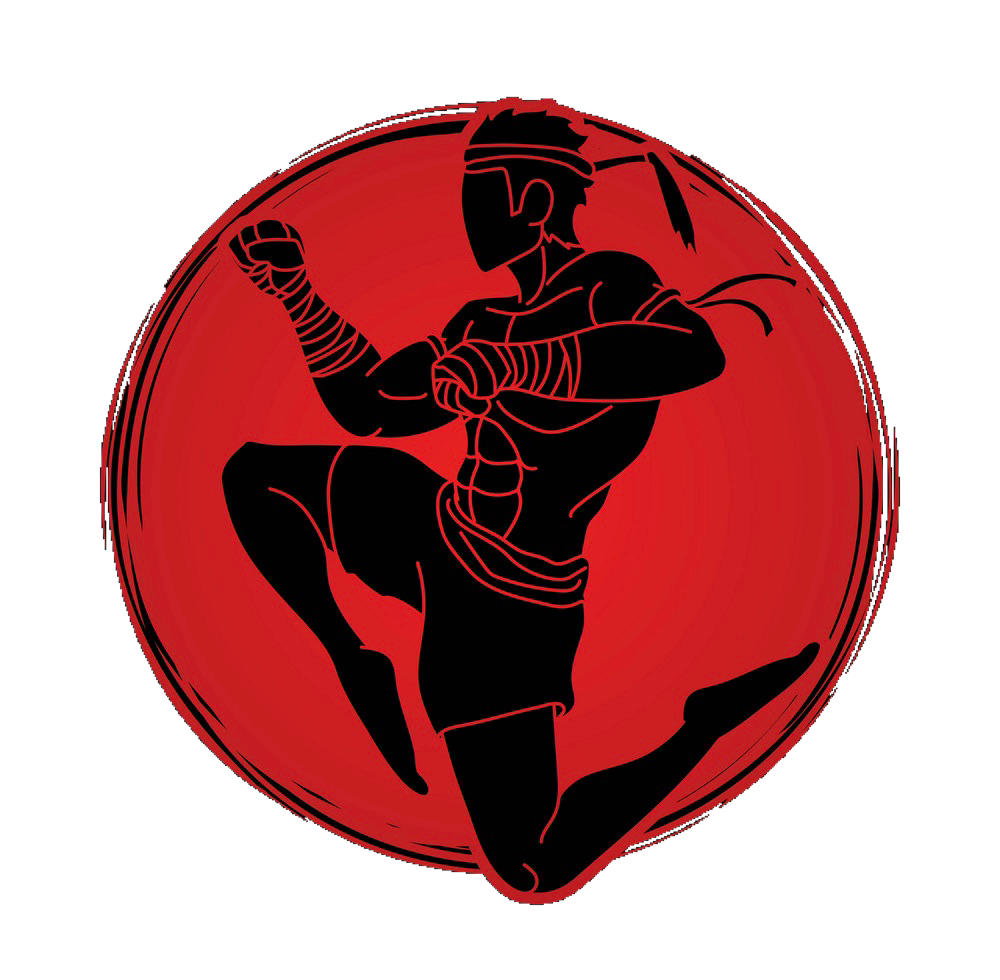
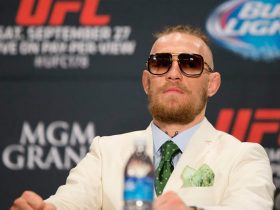
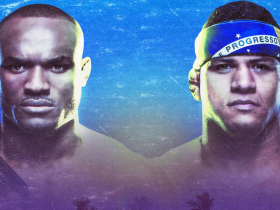
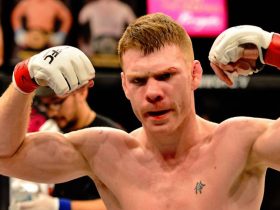
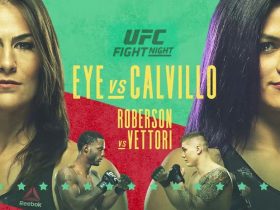
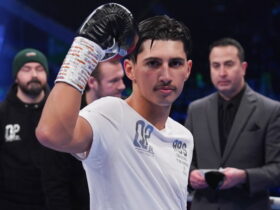
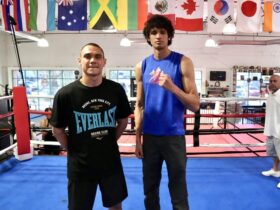
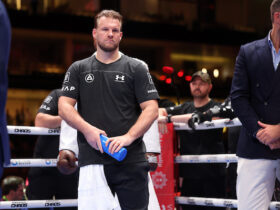
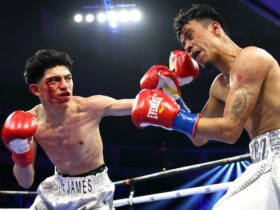
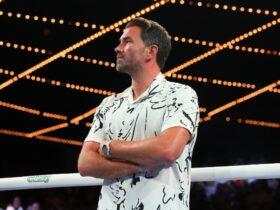

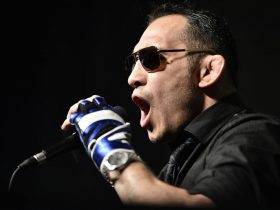
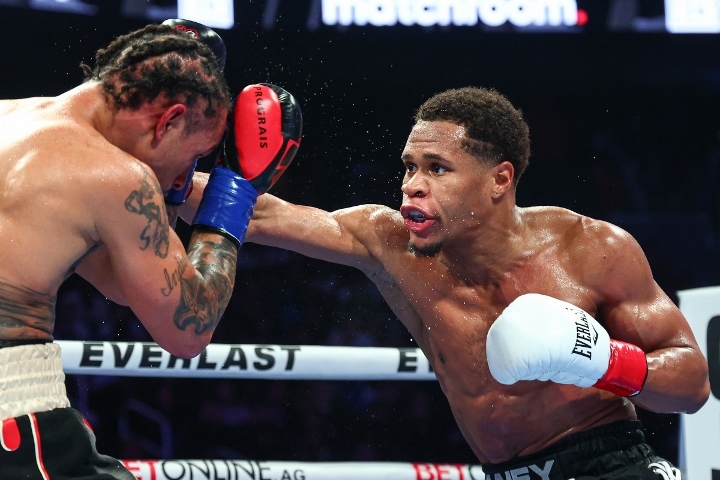
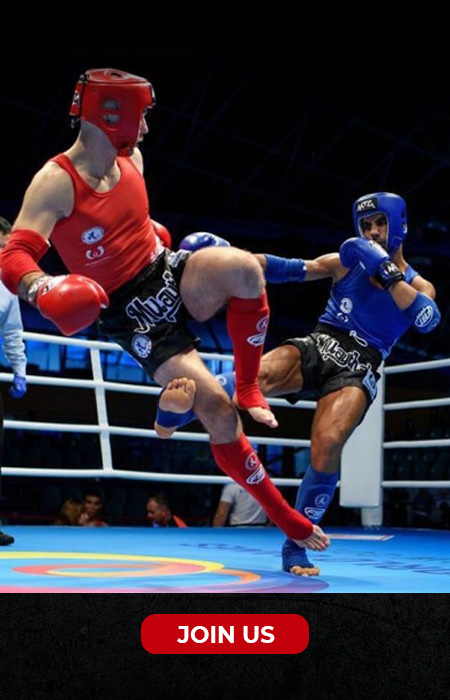
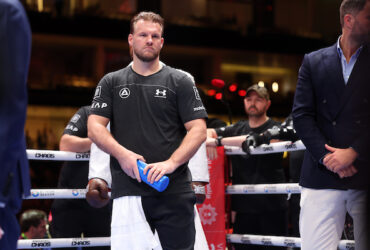
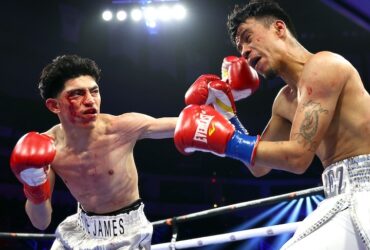
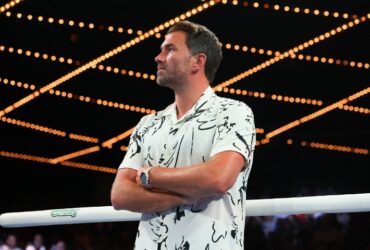
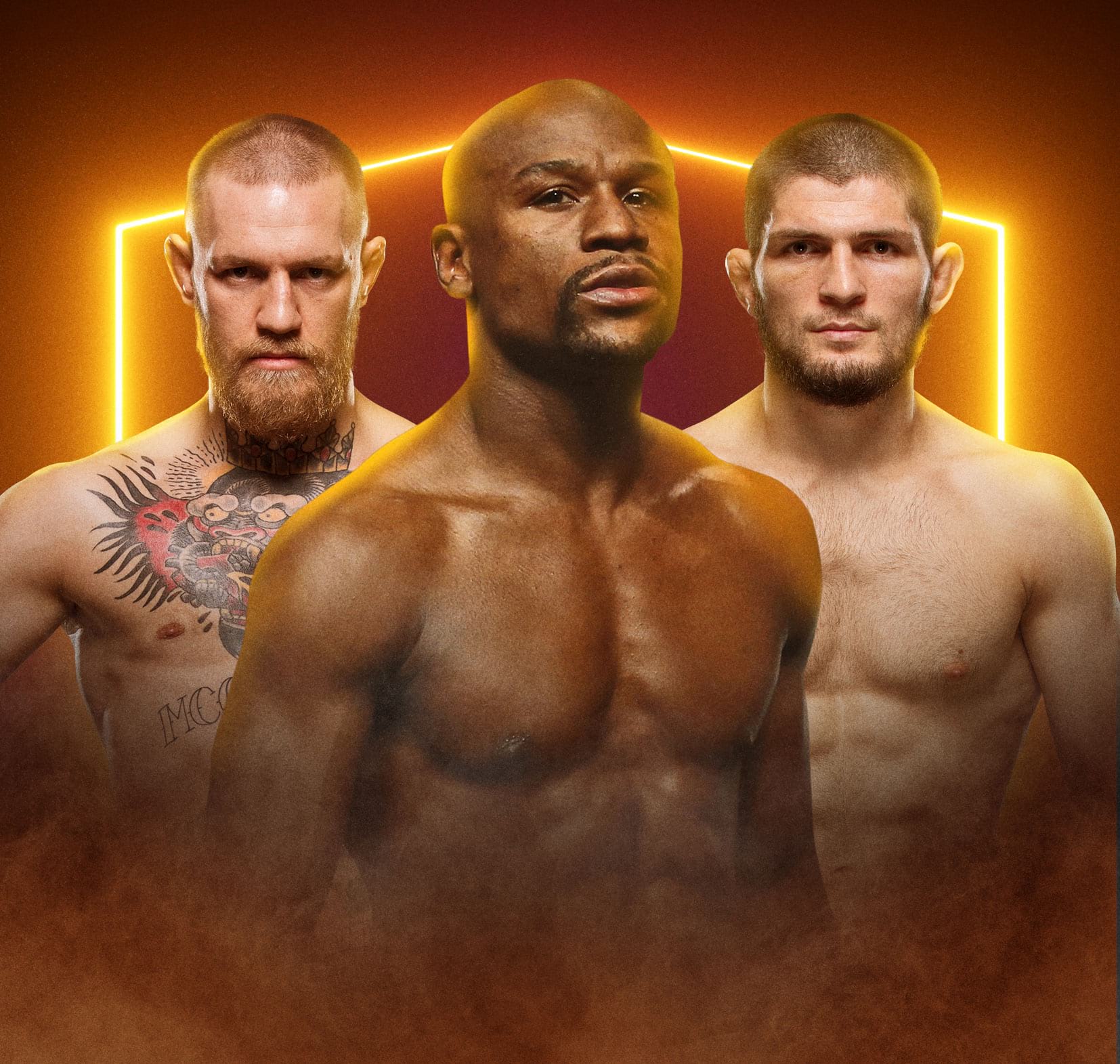
Leave a Reply